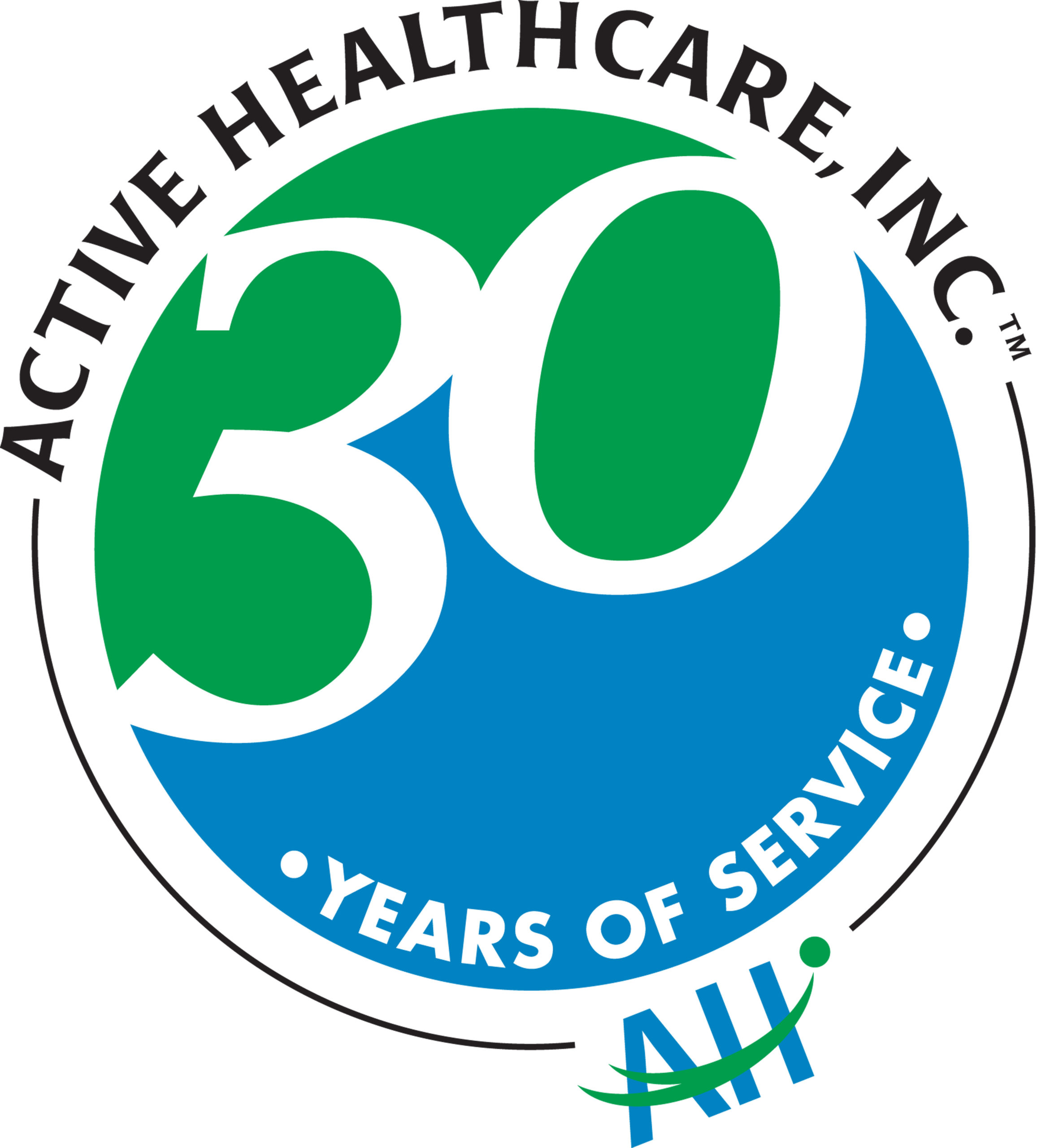 We hear all the time from multiple sources to get more exercise. Everyone has their reasons for not getting enough. We all know we should do it more, but feel like we don’t have enough time or energy to do so. If you suffer from asthma, you may fear that working out would make your symptoms worse. Here are some of the best options for exercising with asthma
We hear all the time from multiple sources to get more exercise. Everyone has their reasons for not getting enough. We all know we should do it more, but feel like we don’t have enough time or energy to do so. If you suffer from asthma, you may fear that working out would make your symptoms worse. Here are some of the best options for exercising with asthma
Exercising with Asthma: Best Exercises
- Walking – can actually improve one’s asthma symptoms if done long term and on a regular basis. It is recommended that asthma patients walk three times per week. Remember to warm up and cool down just like with any other exercise.
- Yoga – allows us to control our breathing, which is beneficial for asthmatics because it can activate more areas of the lung.
- Biking – with the right pace, this is a great way to get your activity in and your stress level down.
- Golfing – the staggered activity of alternating swings with walking is great for keeping symptoms at bay, but be sure to check the pollen levels before heading out to the course.
- Running – keep your distance short and your pace moderate.
- Downhill Skiing — as long as you don’t try to tackle one of those black diamond slopes, this outdoor activity doesn’t require a lot of physical exertion, as the mountain does most of the work.
- Swimming – provided the pool doesn’t contain too much chlorine, the highly humidified, warm air breathed in while swimming can loosen mucus.
Exercising with Asthma: Best Sports
- Baseball – allows for breaks in activity to keep symptoms in check. Take a hit on your inhaler as needed while sitting in the dugout waiting to bat.
- Racquet sports – the players control the pace of the game, allowing for plenty of rest and water breaks.
- Softball – similar to baseball, players have adequate rest to hydrate, use their inhaler, and regroup.
- Volleyball – A little more intense, but the court is small, so players can move quickly in short bursts.
- Football – while sometimes annoying to spectators, this sport allows for many breaks between downs.
Activities such as cross-country skiing, basketball, and soccer are a bit too strenuous for asthmatics. Cross-country skiing can dry out the airways with the cold air being a contributing factor. Basketball requires too much running up and down the court while not providing enough rest time between plays. Soccer players are in constant motion chasing the ball unless they are a goaltender.
Exercising in a way that works for you is great way to destress, which, in turn, can help keep your asthma symptoms from flaring up. Always remember to consult your doctor before starting a new exercise program. Keep your water bottle and inhaler with you at all times. And remember, exercise should also be something you enjoy.
Additional Resources for Exercising with Asthma
Check out our previous exercise-related blogs for more information:
Regular, Moderate Exercise Improves Asthma Symptoms
Don’t Wheeze Your Way Through Exercise-Induced Asthma















 Spring is in the air, and as temperatures rise, an asthmatic’s symptoms reach their peak.
Spring is in the air, and as temperatures rise, an asthmatic’s symptoms reach their peak. 

 The number of Americans with asthma
The number of Americans with asthma 









